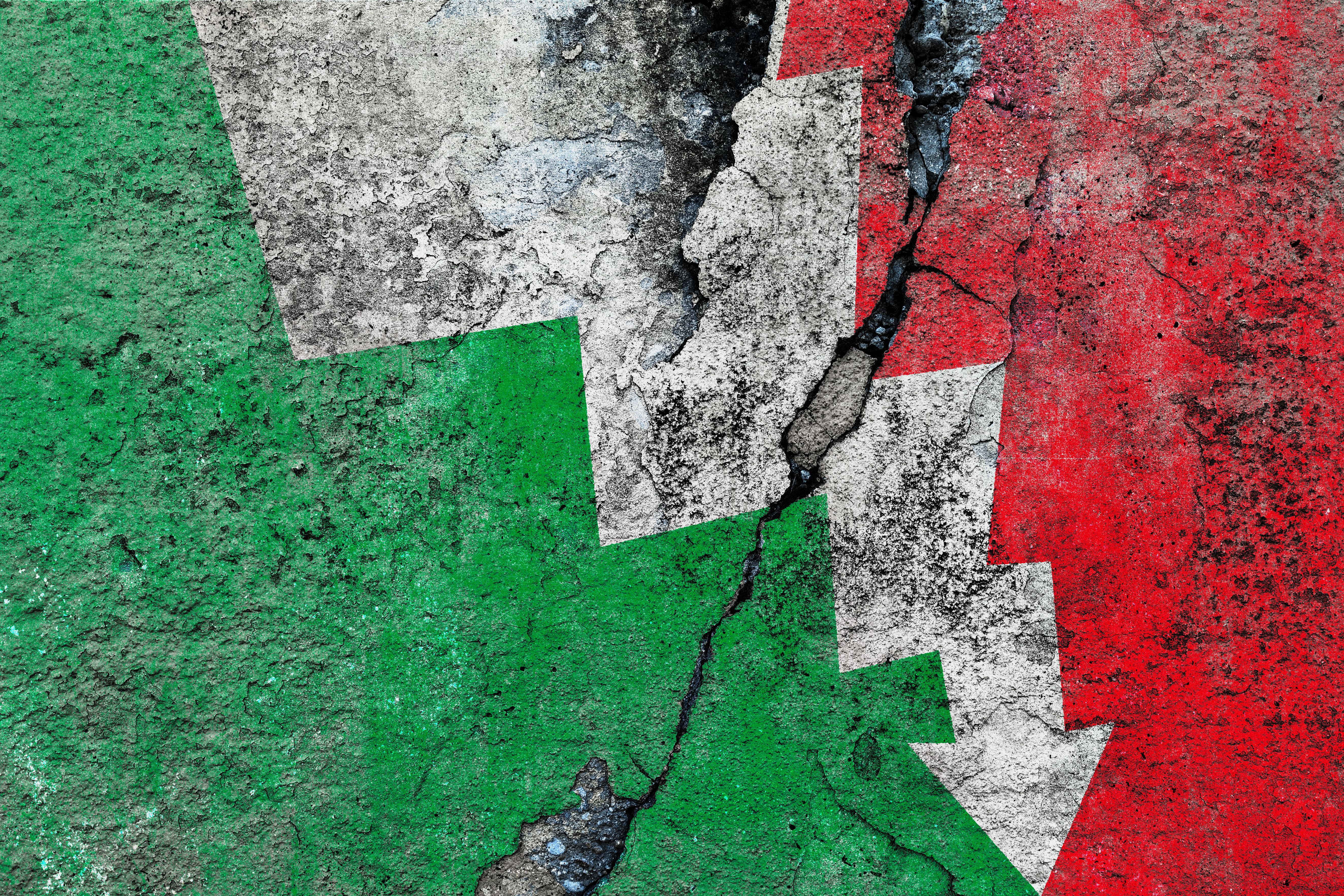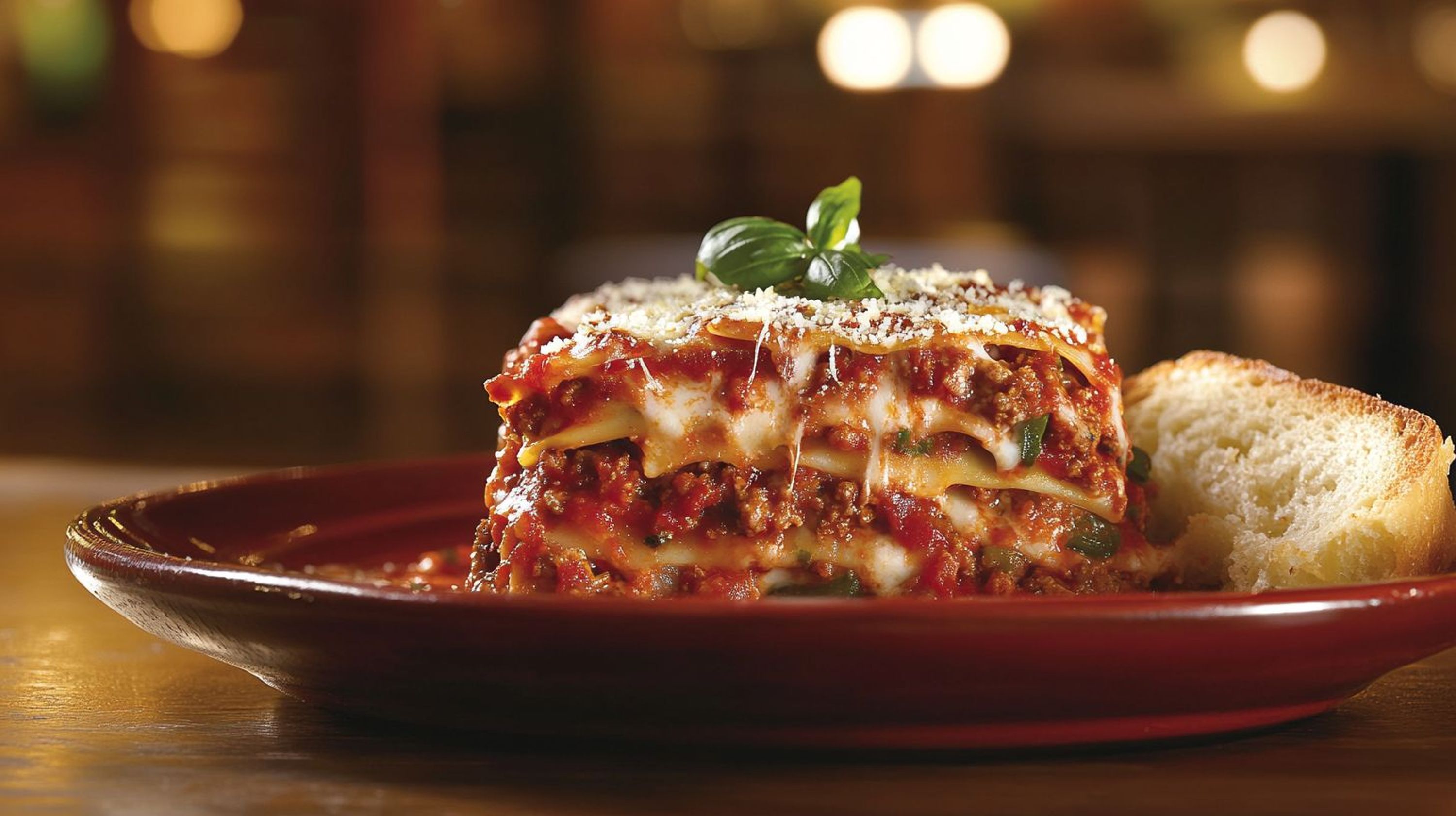Germany vs Italy: A Comparative Analysis
RR
Introduction to Germany and Italy
Germany and Italy, two European giants, boast rich histories, vibrant cultures, and strong economies. While they share a continent, the differences between them are as intriguing as their similarities. This comparative analysis will delve into various aspects of these two nations to uncover what makes each unique.
Historically, both countries have played pivotal roles in shaping Europe. Germany, with its industrial might and engineering prowess, contrasts sharply with Italy's artistic legacy and culinary excellence. From landscapes to lifestyles, the distinctions are fascinating.

Economic Strengths
Germany: The Economic Powerhouse
Germany is often referred to as the economic powerhouse of Europe. It boasts a robust industrial sector, particularly known for its automotive industry with brands like BMW, Mercedes-Benz, and Volkswagen leading the charge. Engineering and innovation are at the heart of Germany's economic success.
Italy: A Diverse Economy
Italy's economy is diverse, with strong sectors in fashion, agriculture, and manufacturing. Brands such as Gucci, Prada, and Ferrari highlight Italy's influence in fashion and automotive design. The Italian economy also benefits from its significant tourism sector, attracting millions of visitors to its historical cities and scenic landscapes.

Cultural Heritage
Germany: A Blend of Tradition and Modernity
Germany's cultural scene is a blend of tradition and modernity. It is home to classical music legends like Beethoven and Bach while simultaneously pushing boundaries in contemporary art and music. Berlin, the capital, is renowned for its vibrant arts scene and dynamic nightlife.
Italy: The Cradle of Renaissance
Italy's cultural heritage is deeply rooted in the Renaissance, a period that saw an explosion of artistic and scientific innovation. Cities like Florence and Rome are living museums, filled with iconic works by Michelangelo, Leonardo da Vinci, and Raphael. The Italian language itself is a symbol of the country's enchanting culture.

Culinary Delights
Germany: Hearty and Varied
German cuisine is known for its hearty meals featuring sausages, potatoes, and bread. Each region offers its specialties, such as Bavarian pretzels or the Rhineland's Sauerbraten. Beer is also an integral part of German culture, with Oktoberfest being a globally recognized celebration of this tradition.
Italy: A Culinary Icon
Italian cuisine is celebrated worldwide for its simplicity and flavor. Dishes such as pasta, pizza, and risotto have become staples far beyond Italy's borders. Each region offers its unique take on these classics, making Italian food a diverse culinary journey from the north to the south of the country.

Conclusion
Germany and Italy both offer a wealth of history, culture, and economic prowess but in distinctly different ways. Germany stands out for its industrial strength and modern cultural contributions, while Italy captivates with its artistic heritage and culinary mastery. Understanding these differences enhances our appreciation for what each country brings to the global stage.